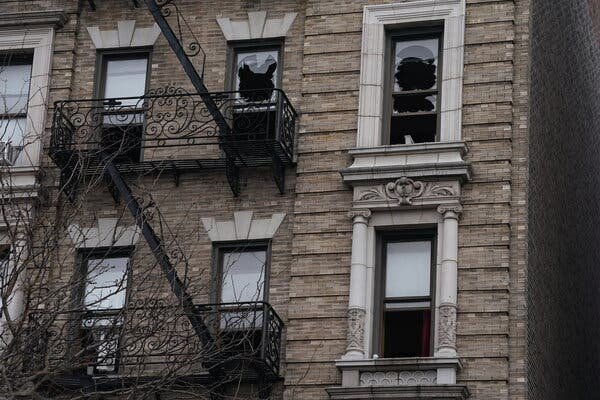New York City Department of Environmental Protection fills in community goldfish pond due to safety concerns, upsetting Brooklyn residents.
The transformation of a fire hydrant in Bedford-Stuyvesant, Brooklyn into a community space known as the Brooklyn Aquarium captivated the neighborhood residents, including Sallomé Hralima and her daughters. What started as a simple hydrant with water around it evolved into a vibrant ecosystem with goldfish, benches, a lending library, and decorative elements. The residents embraced this unique spot as a conversation piece and a regular stop on their daily routines.
However, the joy of the Brooklyn Aquarium was short-lived as the city’s Department of Environmental Protection intervened to remove the fish, pebbles, and decorations, and pave over the pond. The agency cited a fire department inspection that revealed the hydrant’s leakiness, posing a risk of freezing and becoming inoperable. To address the issue, a lock was installed to prevent further leakage, and new concrete was poured for pedestrian safety.
The Brooklyn Aquarium served as a testament to community creativity and resourcefulness, showcasing how a simple hydrant could be transformed into a beloved neighborhood attraction. Despite its removal, the spirit of community engagement and innovation lives on in the memories of those who enjoyed the unique space.
The incident highlights the importance of maintaining public infrastructure for safety and functionality. While the Brooklyn Aquarium brought joy and creativity to the neighborhood, ensuring the proper functioning of fire hydrants is crucial for emergency response and public safety. By addressing issues promptly and effectively, authorities can prevent potential hazards and maintain the integrity of essential infrastructure.
Moving forward, community members can explore alternative ways to engage with public spaces and foster creativity while respecting safety regulations. Collaborative efforts between residents and authorities can lead to the development of new community projects that enhance neighborhoods and promote a sense of belonging. By balancing innovation with safety considerations, communities can create sustainable and enjoyable spaces for all to enjoy.
In conclusion, the story of the Brooklyn Aquarium serves as a reminder of the power of community-driven initiatives and the importance of upholding safety standards in public spaces. While the removal of the makeshift pond may have been disappointing for residents, it underscores the need to prioritize safety and functionality in maintaining public infrastructure. By working together, communities can continue to cultivate creativity and build connections that enrich the urban landscape for years to come.
Source: The NY Times









